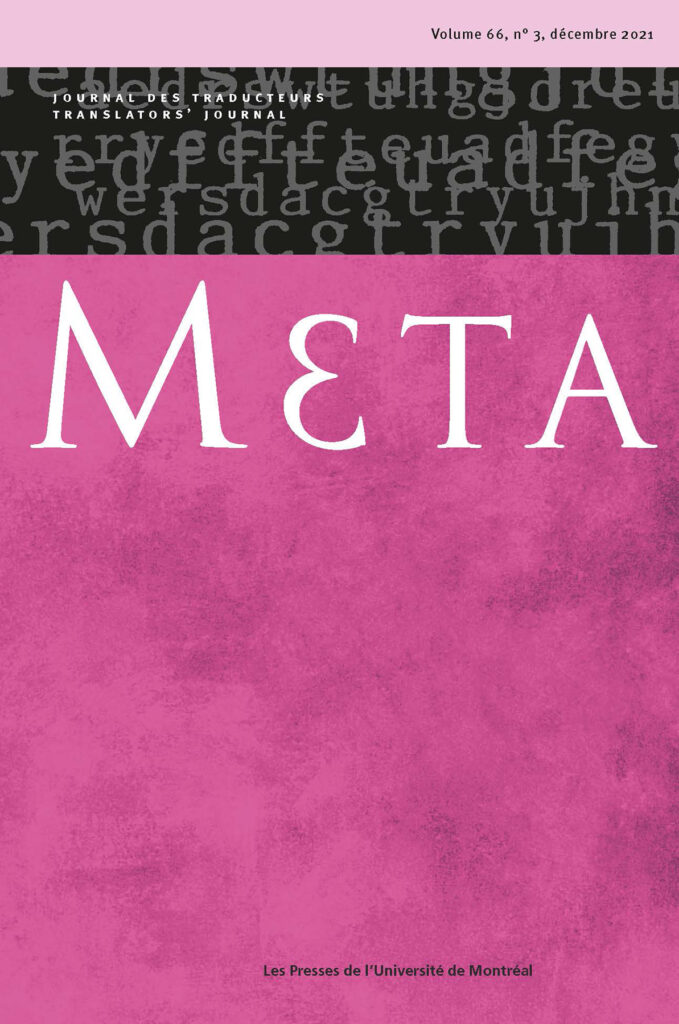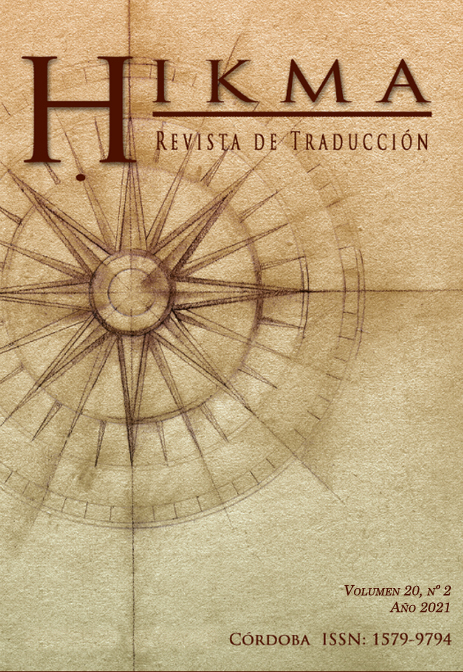Related
publications

Villanueva-Jordán, I. (2021). Metasíntesis de estudios publicados sobre traducción audiovisual y estudios LGBTQ+ (2000-2020): dimensiones teóricas y conceptuales. Meta, 66(3), 557-579.
LGBTQ+
TAV
Artículo

Villanueva-Jordán, I. & Chaume, F. (2021). Revisión sistemática de bibliografía sobre traducción audiovisual y estudios LGBTQ+ (2000-2020): dimensiones epistemológica y metodológica. Hikma, 20(2), 95-126.
LGBTQ+
TAV
Artículo
